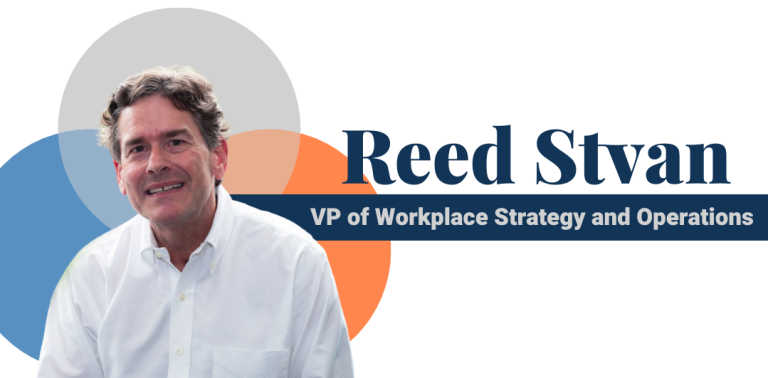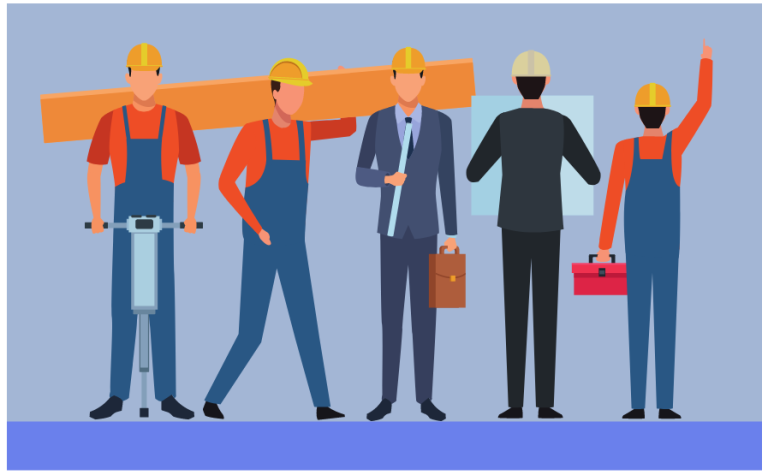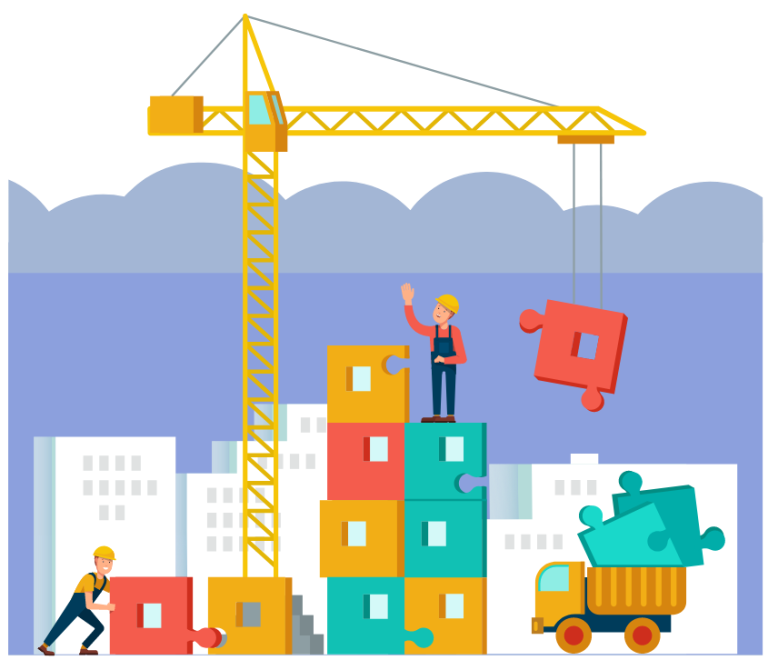Today, there are substantially more risks in the project management industry — for both project management firms and the players in delivering buildings. There are three categories of risk that are essential to be aware of: market risks, construction risks, and insurance risks.
We spoke with Reed Stvan, KGO’s Vice President of Operations about these risks and the impact that the pandemic had on the project management and construction management industries. Check out his interview below.

What is your role at KGO?
I’m the VP of Operations, but I wear many hats. I lead the determination of new staffing needs and recruiting, lead the directors from our different practices, provide overview input and leadership for our business development efforts, and track our financial condition to report to owners.
What are the market risks associated with the project management and construction management industries today?
Businesses are sort of in a holding pattern because they’re waiting to see the direction of COVID-19. They want to see a significant reduction in the number of cases, increased availability of vaccines and boosters, etc. Because they’re in this holding pattern, it means less leasing of space and less construction of office space.

On top of that, many organizations are opting for a hybrid working arrangement when they return to the office because they’ve seen the ability to maintain productivity by having people work from home over the last 18 months. So, depending on the extent that people are working from home on a permanent basis, either part-time or full-time, it’s going to reduce the need for more real estate. And anytime there’s a reduced need for real estate, there’s also a similar reduced volume of projects available for firms like ours and those in the general contracting industry.
What we’re seeing just in our region and in DC, Maryland, and Virginia is that leasing volume is down 60% compared to the pre-COVID era. Regional vacancies are extremely high, 18% of space has no occupants, and that’s compared to a healthy model where you might only have 4 or 5% vacancies. More importantly, it’s estimated that less than 30% of the buildings are occupied because of COVID-19. We’ve got a long way to go to get to full or at least a large occupancy percentage.
Additionally, our region has always benefited from a significant amount of federal government real estate work. And the feds are in the exact same position that the private sector is in — they’re trying to figure out what their “go-back-to-work” strategy will be. How much of it will include reducing the amount of real estate that they need?
The impact is this: a very large part of our market is basically in a holding pattern and will almost surely come back with a strategy that involves needing less space, resulting in a reduction in the number of projects and construction we normally count on.

What are the construction risks associated with the project management and construction management industries today?
Most of the construction risk trends we’re seeing are directly related to COVID-19. Today we have less than 60% of the country that’s fully vaccinated, and the impact is that there are significant delays in construction. And that stems from a couple of things.
One is the actual operations or protocols on site. For instance, say we’ve got a major client that makes us provide a brief for every single contractor employee who will be on-site that day, reminding them that they have to wear masks and practice social distancing. Then they do an inventory of the number of people who will be on-site and determine how many have been vaccinated, etc. That alone can take an hour of your day. And then in many cases, because of social distancing, a lot of the contractors can only put a set number or decreased number of employees on site.
The net impact of this is basically a slowdown in the pace of construction. Basically, all of the elements that are impacting everything from retail to commercial are really being magnified in the construction industry.
What are some of the challenges that you’re experiencing with materials for projects?
There’s a significant increase in the cost of the most important construction equipment like heating, ventilating, air conditioning, metals, and wood — it’s been a problem getting it. This is a major problem for a lot of general contractors because, in many cases, they have gone in and won a bid with a guaranteed maximum cost, so that means their price is guaranteed to the client, but their costs cut into profits.

And if there are problems with cost increases and delivery delays, that’s going to be perceived to be the responsibility of the general contractor and not the client. So, time will tell, but there’s talk in the industry about lawsuits being filed because buildings weren’t being delivered on time.
And the real question is, “Whose responsibility is this once in a lifetime problem, that’s been caused by COVID-19?” What we’re seeing, for both project managers and general contractors, is that overall costs are up, so our margins are being squeezed significantly.

How does insurance impact these industries?
The insurance risk is that there’s potential for litigation regarding the fulfillment of contracts and schedules. That risk is being considered when liability and other premiums are being calculated in the insurance and, for our firms, there’s generally insurance inflation because many of the largest insurance companies in this country are losing money. And that drives premiums up, so liability insurance rates continue to climb.
In addition to general insurance inflation, liability insurance rates continue to climb at a significant rate. Errors and omissions insurance, which is required by clients for all firms in our industry, is up 45% in the last four years.
Insurance is just another increase in costs. Our firms are having to either absorb or pass onto our clients. And in many cases, it’s a combination of both where the firms do absorb it and it’s cutting into our profit margins, and we have to pass on a portion of the increase to the client.
How is KGO prioritizing marketing efforts during this uncertain time?
One of the things that we do successfully is to focus on providing outstanding service for our existing customers. The best new business is an expansion of services to an existing client. We’ve been very successful in getting a lot of repeat business from some of our bigger existing clients.

The other thing we’re doing is we’re really trying to push and use more technology to make ourselves more efficient and deliver better quality. An example is we’ve developed a tool that we call “Smart Budget,” which is basically a piece of software that allows us to do very early job pricing for a client. Traditionally, clients want to know very early before design occurs, “What’s this project going to cost me?” It can take weeks to get a rough order of magnitude price, but this software allows us to do it in minutes.
Overall, we’re trying to really focus and deliver better quality so we maintain the clients we have and expand. We’re using more technology than ever before to drive efficiencies and in many cases in order to deliver a higher quality of service.
Final Thoughts
Project management firms and most major players in the supply chain who deliver buildings, such as architects and general contractors, are incurring higher costs, labor shortages, and having schedule challenges. COVID-19 is driving the new economics of our business. And those have to be dealt with by all the players. Many people feel that it will be sometime towards the end of 2022 before things really start getting back to pre COVID-19 conditions.
I think we’re cautiously optimistic that we are going to be coming out of this in the coming year. But some positive things that we can take from this pandemic is that it’s forced everyone in the industry to become smarter, more efficient, and more agile in how they respond to these rapid changes in our business.
